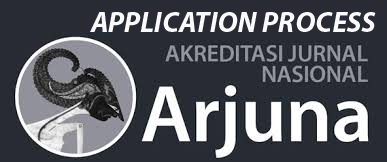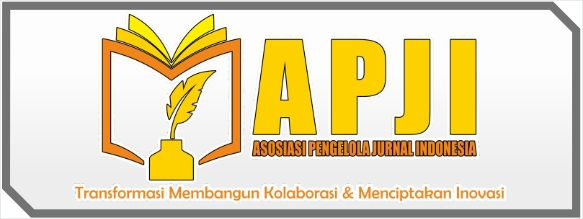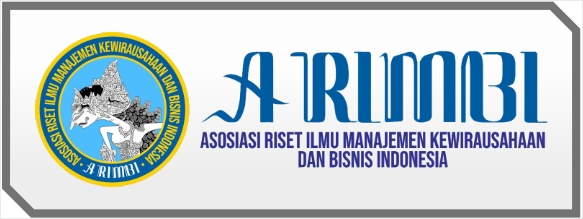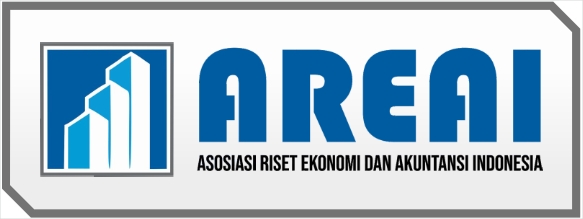Implementasi Kebijakan Pemenuhan Hak Ketenagakerjaan bagi Penyandang Disabilitas di Kota Pekanbaru
DOI:
https://doi.org/10.58684/jarvic.v2i3.69Keywords:
Implementation, policy, protection, disability, PekanbaruAbstract
The background of this research is the decreasing attention to justice, especially justice to obtain the rights of persons with disabilities who are often considered as a group of people who have deficiencies both physically, sensory, and mentally. This treatment causes persons with disabilities to receive discriminatory treatment by society and the government. The government as one of the policy-making and policy-implementing units is expected to provide protection from the fulfillment of rights to its people. On that basis, the Provincial Government of Riau issued an Instruction to the Governor of Riau Regulation Number: 106 of 2015 concerning Instructions for Implementation of Regional Regulations of Riau Province Number. 18 of 2013 concerning the protection and empowerment of Persons with Disabilities regarding Persons with Disabilities as Other Service Providers. The purpose of this study is to examine how the employment equalization policy for persons with disabilities is implemented in Pekanbaru City and to identify aspects that impede the fulfillment of employment rights in Pekanbaru City. This study uses the theory of policy implementation by Van Meter and Van Horn along with the influencing factors. The method used in this research is a descriptive qualitative research method. With data collection techniques namely interviews observation and documentation. The results of this study indicate that the implementation of the policy of fulfilling labor rights for persons with disabilities is supported by the dimensions and objectives, resources, characteristics of implementing agencies, Communication, Disposition, Economic, social and political environment. Overall, the policies implemented by the agency have not run optimally, this can be seen from the lack of a disabled workforce working in companies. While the internal inhibiting factors are insufficient and there are not enough employees owned by the agency in carrying out the law, there is no clear punishment. Allocated for companies that violate the law and there is no clear communication between actors
References
Buku
AG, Subarsono. 2005. Analisis Kebijakan Publik. Yogyakarta: Pustaka Pelajar Alamsyah, Kamal. (2016). "Kebijakan Publik Konsep dan Aplikasi." Bandung: Media Citra.
Budi, Winarno. 2002. Teori dan Proses Kebijakan Publik. Yogyakarta: Media Desiningrum, Dinie Ratri. (2017). "Psikologi anak berkebutuhan khusus.".Yogyakarta : Psikosain
Dwijowijoto. 2004. Kebijakan Publik Formulasi, Implementasi dan Evaluasi, Jakarta : PT Elex Media Komputindo Kelompok Gramedia
Grindle, Merilee S. 1980. Political and Policy Implementation in The Third World.New Jersey: Prince University Press
Herabudin. (2016). Studi Kebijakan Pemerintah dari Filosofi ke Implementasi.Bandung: CV. Pustaka Setia
Hiplunudin, A. (2017). Kebijakan, birokrasi, dan pelayanan publik : tinjauan kritis ilmu administrasi negara Yogyakarta : Calpulis.
Indiahono, Dwiyanto. (2009). Kebijakan Publik Berbasis Dynamic Policy Analysis.Yogyakarta: Gava Media
Kumorotomo (1996), Etika Administrasi Negara, PT. Raja Grafindo Persada, Jakarta.
Nugroho, R. (2004). Kebijakan Publik, Formulasi, Implementasi dan Evaluasi.Jakarta: PT Gramedia.
Nugroho, R. (2012). Public Policy. Jakarta: Kompas Gramedia.
Robbin & Judge. (2015). Perilaku Organisasi Edisi 16. Jakarta. Salemba Empat. Soenarko. (2000), Public Policy: Basic Understanding and Analysis of Government
Policy, Airlangga University Press, Surabaya.
Syafiie, I. K. (2006). Ilmu Admisnistrasi Publik. Jakarta: PT Rineka Cipta. Wahab, S. A. (2012). ANALISIS KEBIJAKAN: Dari Formulasi ke Penyusunan .
Model-Model Implementasi Kebijakan Publik. Jakarta: PT Bumi Aksara.
Winarno, Budi. (2007). Analisis Kebijakan Publik, Teori dan Proses, Yogyakarta, Media Presindo
Jurnal
Arrista, Trimaya. (2016) "Upaya Mewujudkan Penghormatan, Perlindungan, Dan Pemenuhan Hak Penyandang Disabilitas Melalui Undang-Undang Nomor
Tahun 2016 Tentang Penyandang Disabilitas." Jurnal Legislasi Indonesia 13 (2016): 401-410.
Audiyah, Nailatul Muinah, Fadillah Putra, and Wike Wike. "Grounded Theory for Implementation of Labor Policy Women Disability Research." IJDS: INDONESIAN JOURNAL OF DISABILITY STUDIES 6, no. 2 (2019): 163-168.
Juantin, Risqi, and Argo Pambudi. "ASPEK TENAGA KERJA DISABILITAS DALAM KEBIJAKAN PERDA DIY NOMOR 4 TAHUN 2012 DI KOTA YOGYAKARTA." Adinegara 7, no. 2 (2018): 132-144.
Longhi, S. N. (2012). Interpreting Wage Gaps of Disabled Men:The Roles of Productivity and of Discrimination. Southern Economic.
Muhammad Noval Putranto. (2020). Tinjauan Operasional Bagian General Affair Pada Pt . Kamadjaja Logistics. 1–64. http://repository.stei.ac.id/932/3/Bab II Kajian Pustaka.pdf
Putri, Anggi, and Jl Margonda Raya. "Disabilitas Dan Partisipasi Di Pasar Tenaga Kerja Indonesia: Analisis Data Sakernas 2018." Jurnal Ketenagakerjaan (2019).
Ratna, Dessy Grestika, and Kismartini Kismartini. "Pemenuhan Hak Penyandang Disabilitas Bidang Ketenagakerjaan di Kota Semarang (Implementasi Perda Jawa Tengah No. 11 Tahun 2014 tentang Pemenuhan Hak Penyandang Disabilitas)." Journal of Public Policy and Management Review 7, no. 2 (2018): 177-196.
Rijali, Ahmad. "Analisis data kualitatif." Alhadharah: Jurnal Ilmu Dakwah 17, no.33 (2019): 81-95.
Widhawati, Monica Kristiani, Meilanny Budiarti Santoso, and Nurliana Cipta Apsari. "Ruang Kerja Inklusif Bagi Tenaga Kerja Dengan Disabilitas Fisik." Empati: Jurnal Ilmu Kesejahteraan Sosial (2020).















